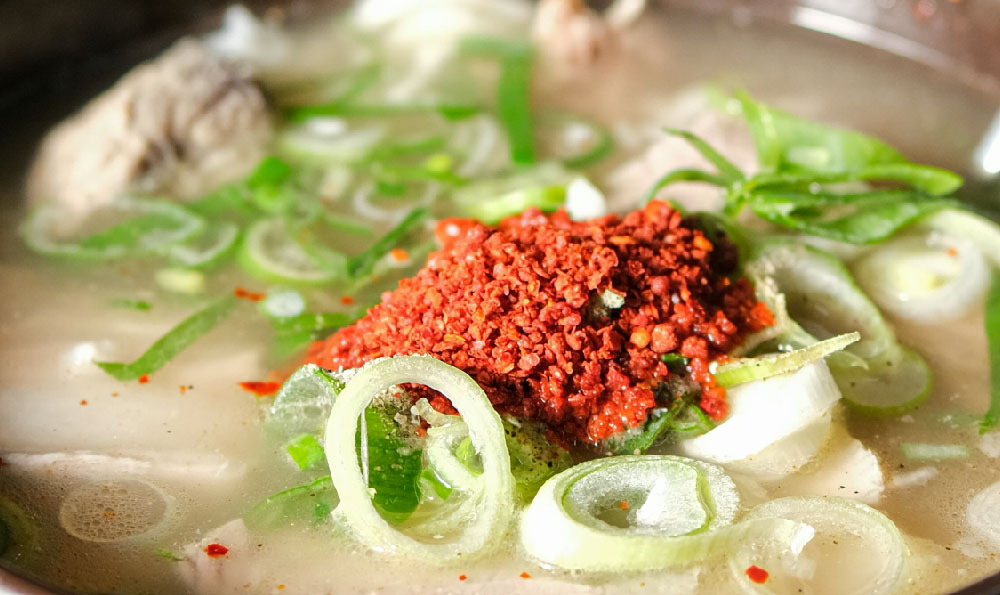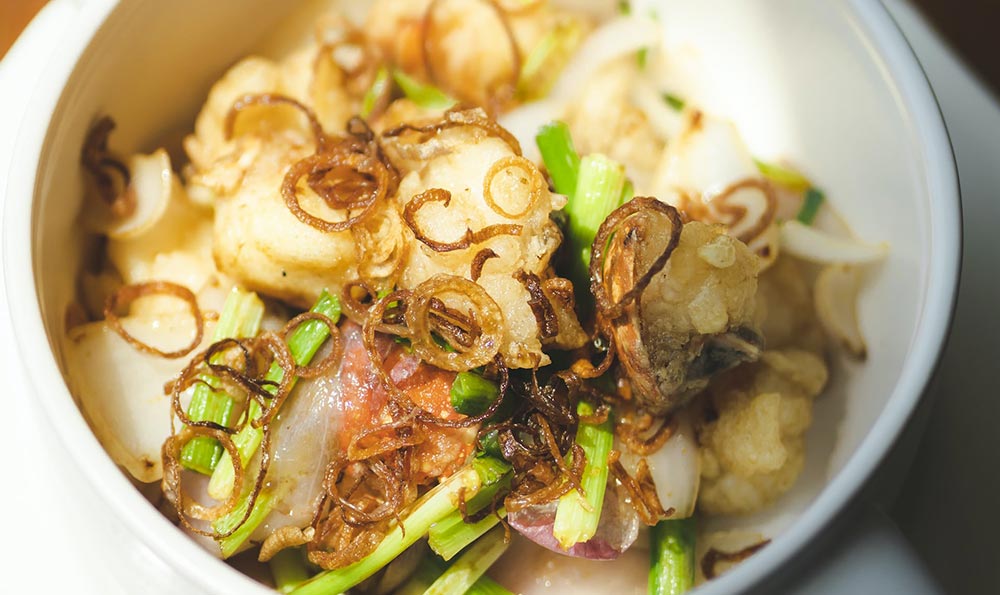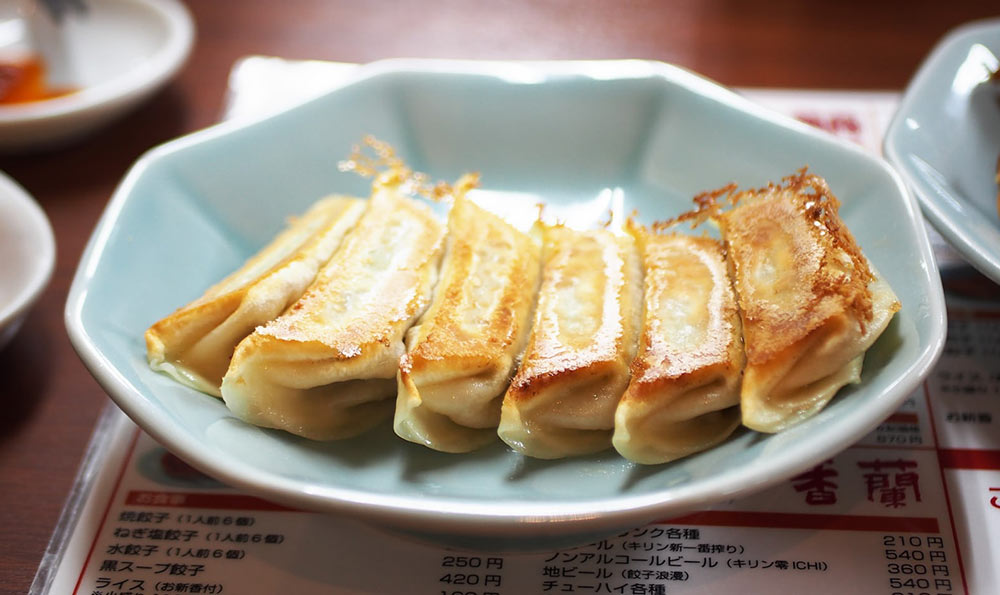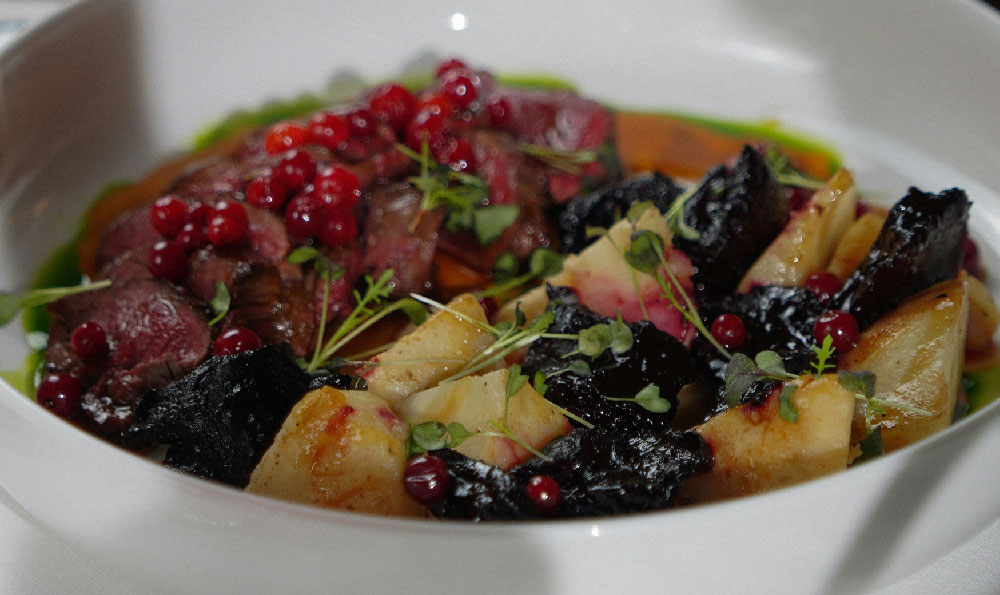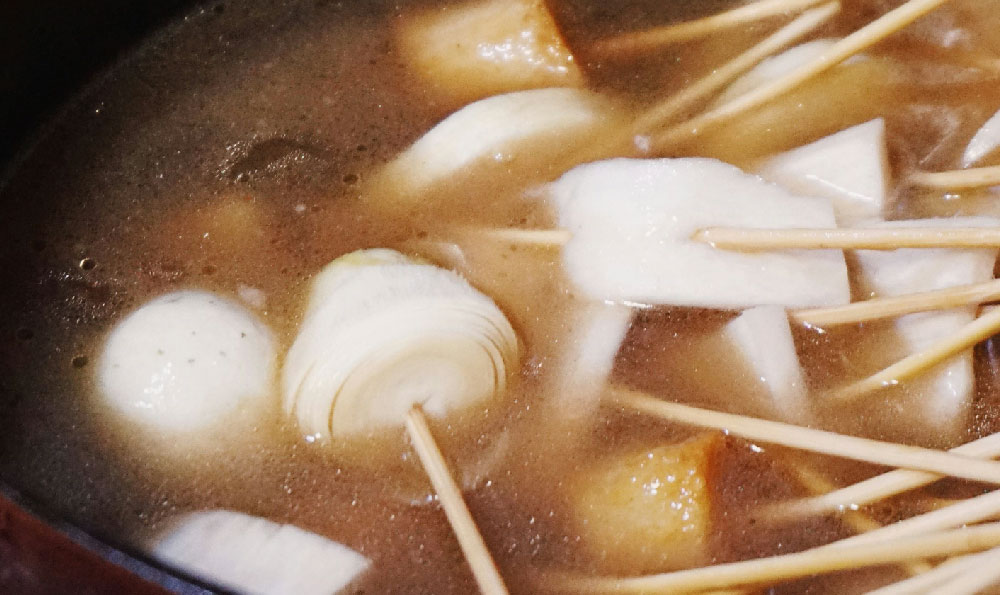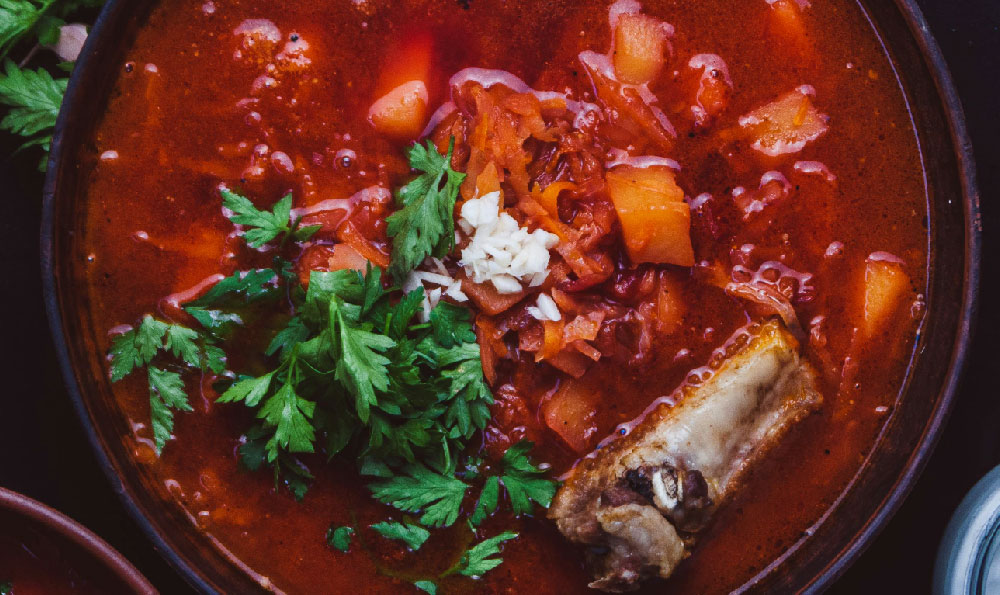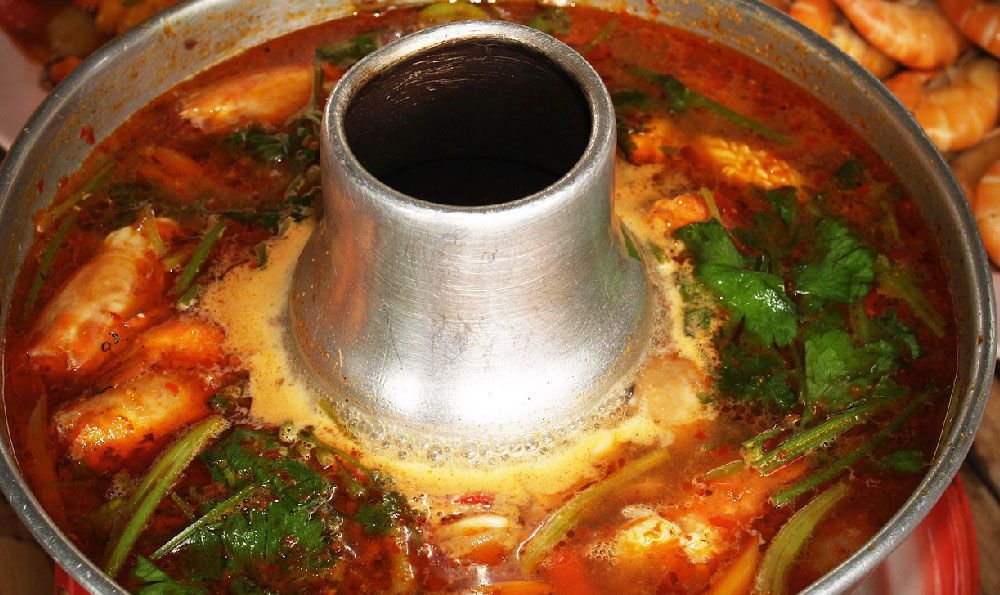麻辣烫是一道具有浓厚川味的传统川菜,以其独特的麻辣口感而闻名于世。麻辣烫的变种也应运而生,其中麻辣烫粉丝麻辣烫就是一种备受欢迎的变种之一。本文将以客观、专业、清晰和系统的方式,通过定义、分类、举例和比较等方法,阐述麻辣烫粉丝麻辣烫与传统麻辣烫的区别。

In the world of Sichuan cuisine, the hot and spicy hot pot, known as \"麻辣烫\" (málàtàng), has gained immense popularity for its unique and fiery flavors. In recent years, variations of this traditional dish have emerged, including the fan noodle hot pot, also known as \"麻辣烫粉丝麻辣烫\" (málàtàng fěnsī málàtàng). This article aims to objectively, professionally, clearly, and systematically outline the differences between the fan noodle hot pot and the traditional hot and spicy hot pot, using methods such as definitions, classifications, examples, and comparisons.
【Introduction】
Hot and spicy hot pot, also known as \"麻辣烫,\" originated from the Sichuan province in China. It is a soup-based dish filled with a variety of ingredients, such as meat, vegetables, and tofu, all cooked together in a spicy broth. The distinct feature of this dish lies in its numbing and spicy flavor, achieved through the use of Sichuan peppercorns and chili peppers. In recent years, a new variation of this dish, called fan noodle hot pot or \"麻辣烫粉丝麻辣烫,\" has gained popularity. This variation replaces the traditional rice noodles with vermicelli made from mung bean starch. Now, let us delve into the differences between these two versions.
【Definition】
The traditional hot and spicy hot pot is defined by its core ingredients, the aromatic broth, and the assortment of ingredients. The broth is prepared by simmering a combination of Sichuan peppercorns, chili peppers, spices, and various seasonings for hours, resulting in a rich and spicy base. As for the ingredients, they typically include thinly sliced meats, vegetables, tofu, mushrooms, and other delicacies.
On the other hand, fan noodle hot pot is defined by the substitution of rice noodles with fan noodles made from mung bean starch. This change in noodles provides a unique texture and flavor to the dish, setting it apart from the traditional hot and spicy hot pot.
【Classification】
To further understand the differences between these two dishes, let us classify them based on the main components: broth, noodles, and ingredients.
1. Broth: The traditional hot and spicy hot pot features a bold and numbing broth, known for its intense spiciness. In contrast, the fan noodle hot pot often has a milder broth, allowing the flavors of the ingredients and noodles to shine through.
2. Noodles: The traditional hot and spicy hot pot uses rice noodles, which have a softer and smoother texture. On the other hand, fan noodle hot pot incorporates fan noodles made from mung bean starch, which have a slightly chewier texture.
3. Ingredients: While the assortment of ingredients used in both versions can be similar, the fan noodle hot pot often includes additional seafood options, such as shrimp and squid, to complement the lightness of the noodles.
【Examples】
To illustrate the differences between these two dishes, let us consider a specific example. In a traditional hot and spicy hot pot, you may find thinly sliced beef, lamb, tofu, mushrooms, and leafy vegetables. The broth is typically robust, numbing, and extremely spicy, offering a bold and fiery sensation.
In contrast, a fan noodle hot pot could have a combination of fan noodles, shrimp, squid, tofu, and various vegetables. The broth is lighter in spiciness, allowing the delicate flavors of the seafood and noodles to come to the forefront.
【Comparison】
Comparatively, the fan noodle hot pot offers a different dining experience than the traditional hot and spicy hot pot. The use of fan noodles made from mung bean starch provides a unique chewiness, distinct from the softness of rice noodles. Additionally, the lighter spiciness of the fan noodle hot pot allows for a more nuanced taste, highlighting the ingredients\' flavors without overwhelming them.
【Conclusion】
In conclusion, the fan noodle hot pot, or \"麻辣烫粉丝麻辣烫,\" offers a refreshing twist to the traditional hot and spicy hot pot. Through the substitution of rice noodles with fan noodles made from mung bean starch and the creation of a milder and lighter broth, this variation showcases a distinct flavor and texture profile. Whether you prefer the traditional bold and fiery flavors or the lighter and nuanced taste of the fan noodle hot pot, both versions have their unique appeal.
麻辣烫和串串香有什么区别
麻辣烫和串串香是中国特色火锅中的两种经典代表,它们不仅在国内有着广泛的普及度,也逐渐受到了国际市场的关注。虽然它们都属于火锅类食品,但是它们在原料、调味、烹饪方式、口味等方面存在着一些区别。下面将从几个方面详细介绍麻辣烫和串串香的区别。

一、原料的选择和搭配
麻辣烫的主要原料是各种蔬菜、豆腐、肉类、海鲜等,而串串香则以各种蔬菜和肉类为主。在麻辣烫中,蔬菜和豆腐的选择较为丰富,可以根据个人口味和喜好进行搭配。而在串串香中,肉类是主角,种类繁多,包括牛肉、羊肉、猪肉等。麻辣烫通常使用醋和花生酱来调味,而串串香则常常搭配花椒、孜然等香料,使口感更为鲜香。
二、烹饪方式的差异
麻辣烫和串串香的烹饪方式也有所不同。在麻辣烫中,食材先要放入沸水中煮熟,然后捞出放入调料之中,再煮一会儿即可食用。而串串香则是将食材串在火锅底部的竹签上,再放入沸水中煮熟,烹饪时间相对较长。这种方式使得食材更容易入味,口感更加鲜美。
三、调味口感的差异
麻辣烫以麻辣的口感为主,其辣味来自于辣椒、花椒等调料。而串串香则以香辣为主,既有麻辣的味道,又有诱人的香味。这是因为串串香配料中的香料更多,如孜然、花椒等,使得其风味更加独特。
四、消费方式和环境的差别
麻辣烫通常是以个体摊点或连锁店的形式存在,消费者可以自助选择食材,自由搭配,并且可以选择用餐的方式,可以边吃边聊天,非常自由。而串串香则多为餐厅式的存在,消费者点菜后,食材由服务员提供,整个就餐过程更加有序。
麻辣烫和串串香虽然都属于火锅类食品,但在原料、调味、烹饪方式、口味以及消费方式和环境等方面都存在一些差异。这种差异给消费者提供了更多的选择和满足不同口味的需求。无论是喜欢麻辣的人还是喜欢香辣的人,都可以在麻辣烫和串串香中找到自己喜欢的口味。
北方麻辣烫和南方麻辣烫区别
北方麻辣烫和南方麻辣烫是中国两个不同地区的特色美食。虽然它们都是以烫煮的方式制作的,但在口味、原料和配料选择上存在一些区别。下面将详细介绍两者的差异。

一、口味区别
北方麻辣烫的口味更重,更辣。北方人对于辛辣食物的接受度较高,因此北方麻辣烫常常加入大量香辛料,如花椒、辣椒粉等,使得菜品更加辣味十足。而南方麻辣烫则相对较温和,口味相对清淡,辣味适中,适合南方人对于口味的偏好。
二、原料选择区别
北方麻辣烫的主要原料是以肉类为主,如牛肉、羊肉、猪肉等。北方地区气候寒冷,人们更加需要高蛋白的食材来保持体力和抵抗寒冷。北方麻辣烫的肉类在质量和数量上较多。而南方麻辣烫则更注重蔬菜的选择,如豆芽、生菜、木耳等,以及一些海鲜类食材,如鱼丸、虾球等。南方地区气候湿热,人们更重视清淡爽口的食材。
三、配料选择区别
北方麻辣烫的配料主要以面制品为主,如粉丝、油面筋等。北方人对于面食有着特殊的偏好,因此在麻辣烫中加入面制品,可以增加口感的丰富度。而南方麻辣烫的配料则更加丰富多样,有泡菜、豆腐、藕片等非常丰富的选择。南方人更注重菜品的多样性和口感的变化,因此配料种类较多。
四、烹饪方式区别
北方麻辣烫采用的是快煮方式,将原料放入锅中煮沸后即可食用。这种方式保证了食材的新鲜和口感的保持。而南方麻辣烫则多采用水煮的方式,将原料和调料一起放入锅中慢慢煮熟,保持了食材的嫩滑和口感的柔软度。
五、消费习惯区别
北方麻辣烫在北方地区有着较长的历史,已经成为当地人餐桌上的一道必备美食。而南方麻辣烫的发展相对较晚,但在南方人中也已经逐渐流行起来。由于两地饮食文化的差异,北方麻辣烫在供应时较为简单,以小摊小贩为主,而南方麻辣烫则更多出现在大型餐厅中。
六、消费市场区别
北方麻辣烫的消费市场主要集中在北方地区各个城市和乡村,与当地人们的生活紧密相连。而南方麻辣烫的消费市场则更加广泛,不仅在南方地区有着较高的知名度和销量,还扩展至其他地区,如海外市场等。
北方麻辣烫和南方麻辣烫在口味、原料选择、配料选择、烹饪方式、消费习惯和消费市场等方面存在明显差异。这些差异源于两地的地理环境、气候差异、饮食文化等多方面因素的影响。无论是北方麻辣烫还是南方麻辣烫,都有其独特的风味和特色,各自受到当地人民的喜爱和推崇。











